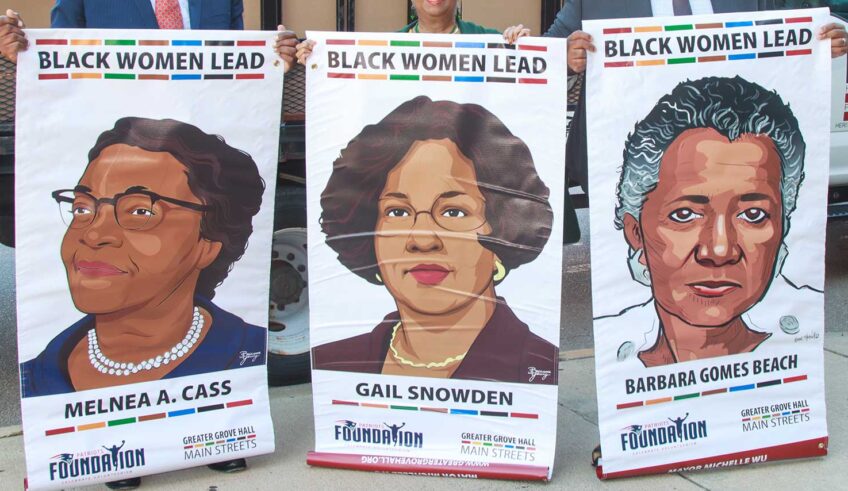I recently called for Long Beach, California school officials to reexamine having the name of former President Woodrow Wilson on one of its schools. A day later a reporter doing a story on the controversy asked, “I wonder, in response to those who say changing school names is going too far…?”
It was a fair question. My answer as far as Wilson was concerned was easy. Wilson was a racist not just in word but in deed.
Wilson touted the Klan when it was at it murderous and terrorist worst, championed the exclusion of Japanese and Chinese from the U.S., screened and lauded the racist film “Birth of a Nation” at the White House, and booted Blacks out of federal government jobs. His actions had massive damaging effects on law and public policy then and now.
The same can be said about Confederate generals and officials. They were traitors to their country and the Constitution, which many of them had at one time sworn to uphold. No country on the planet would dare give places of honor to those who worked to tear apart their government.
Their traitorous rebellion ensured four more years of brutal bondage for millions of African Americans and a century after that of vicious and unrelenting terror, murder, pillage, Apartheid-like segregation, grinding poverty and gaping racial disparities in health, education, and the criminal justice system.
After this, things get blurred when it comes to knocking down from perches of honor many others purported to have done heinous and despicable racial acts. The monuments, statues and names on public places of men such as Ulysses S. Grant, Abraham Lincoln, George Washington, Thomas Jefferson and James Madison readily come to mind.
There are three great dangers in lumping them in with Confederate generals. One, examining historical figures through the lens not of their times, but of present times, is always risky business. They are taken out of the political, social and racial context of their era. Another is picking and choosing only one bad part of their legacy to paint them as racial archvillains.
Grant is a textbook example. His administration’s policy toward American Indians must be condemned. But Grant as supreme Union Army commander played a towering role in Black emancipation. As president, he used federal power to battle Klan terror in the South. He backed Reconstruction-era civil rights bills.
Yes, Jefferson was a slaveholder. But he opposed the slave trade and the expansion of slavery into new American territories, and gave the world the monumental template for liberty and freedom in the Declaration of Independence. African Americans, though unintended, and others have benefited from this.
Then there’s the peril that if you totally remove the racial ugly from history, you squander a golden opportunity to turn this stain into a teaching moment for this and future generations. That’s exactly what The National Memorial for Peace and Justice, informally known as the National Lynching Memorial, and the Holocaust Museum have done with slavery, racial violence and genocide. So, say, we can use Jefferson to discuss the horrors of slavery and the important role it played in shaping law, public policy, and the economic might that still stamps America to this day.
Slapping the name of a historic figure with a checkered past on a public place, or erecting a monument to him, is not sacred and immutable for all times. However, if that name or statue is in a public place, it is fair game for an honest evaluation or reevaluation of what that individual stood for then and how his words and deeds still influence the present.
There is one more danger. The across-the-board assault on monuments has predictably ignited backlash. The American Constitutional Rights Union, for instance, a conservative watchdog group based in Florida, has loudly demanded that public officials protect private buildings, monuments and statues from those they label leftists and anarchists.
Then there’s Trump. He still swoons over long-dead Confederate generals and threatened to derail a military spending bill that would purge their names from military bases. The monument and name assailants, by not making the distinction between the worthy and the unworthy, tossing them all in the same racially hideous past, give lots of ammunition to Trump and company to paint them as mindless haters and anarchists out to destroy America’s heritage. That said, heed the admonition: Be careful what monuments you go after.
Earl Ofari Hutchinson is an author and political analyst.


![Banner [Virtual] Art Gallery](https://baystatebanner.com/wp-content/uploads/2024/04/Cagen-Luse_Men-at-store-e1713991226112-150x150.jpg)



